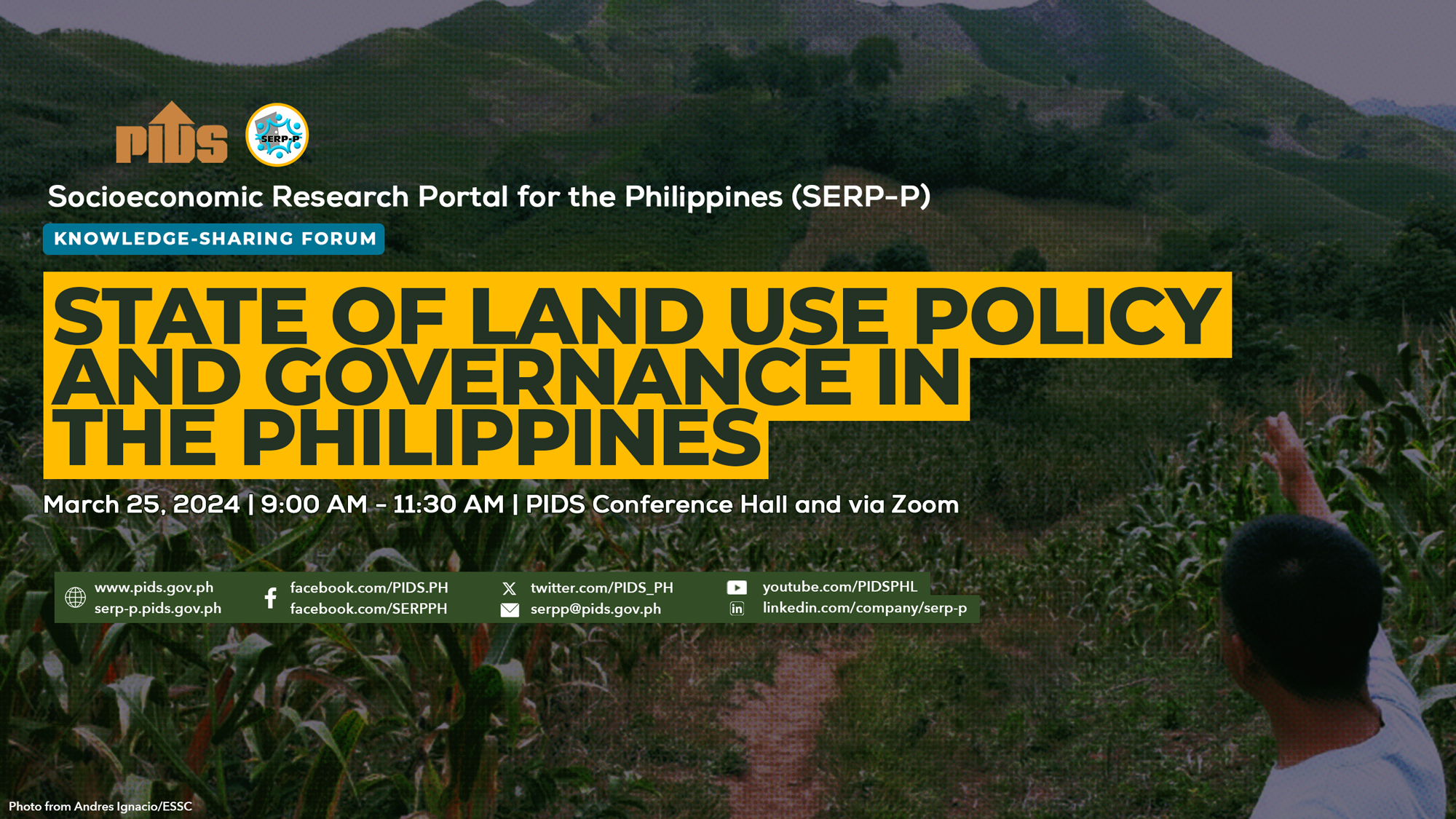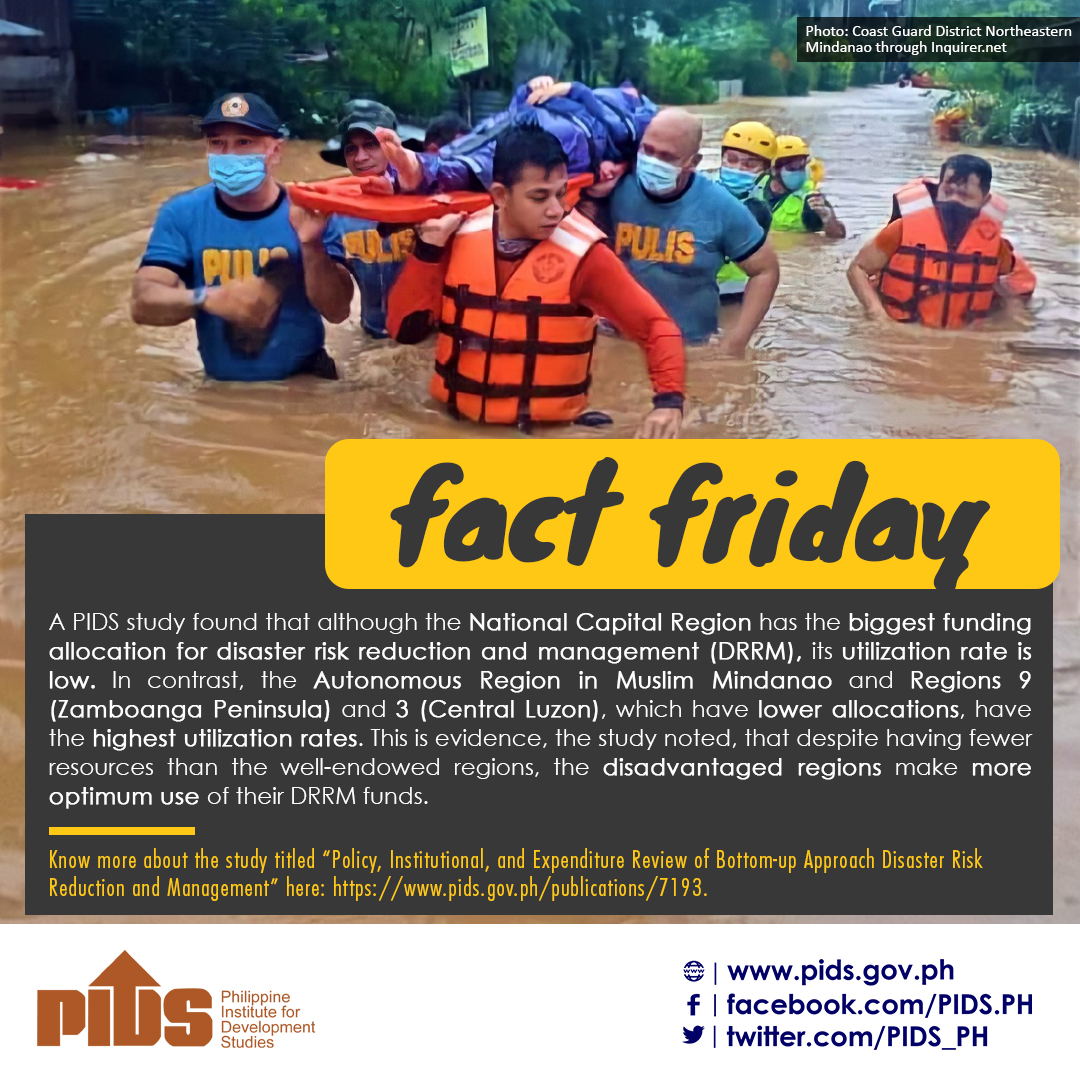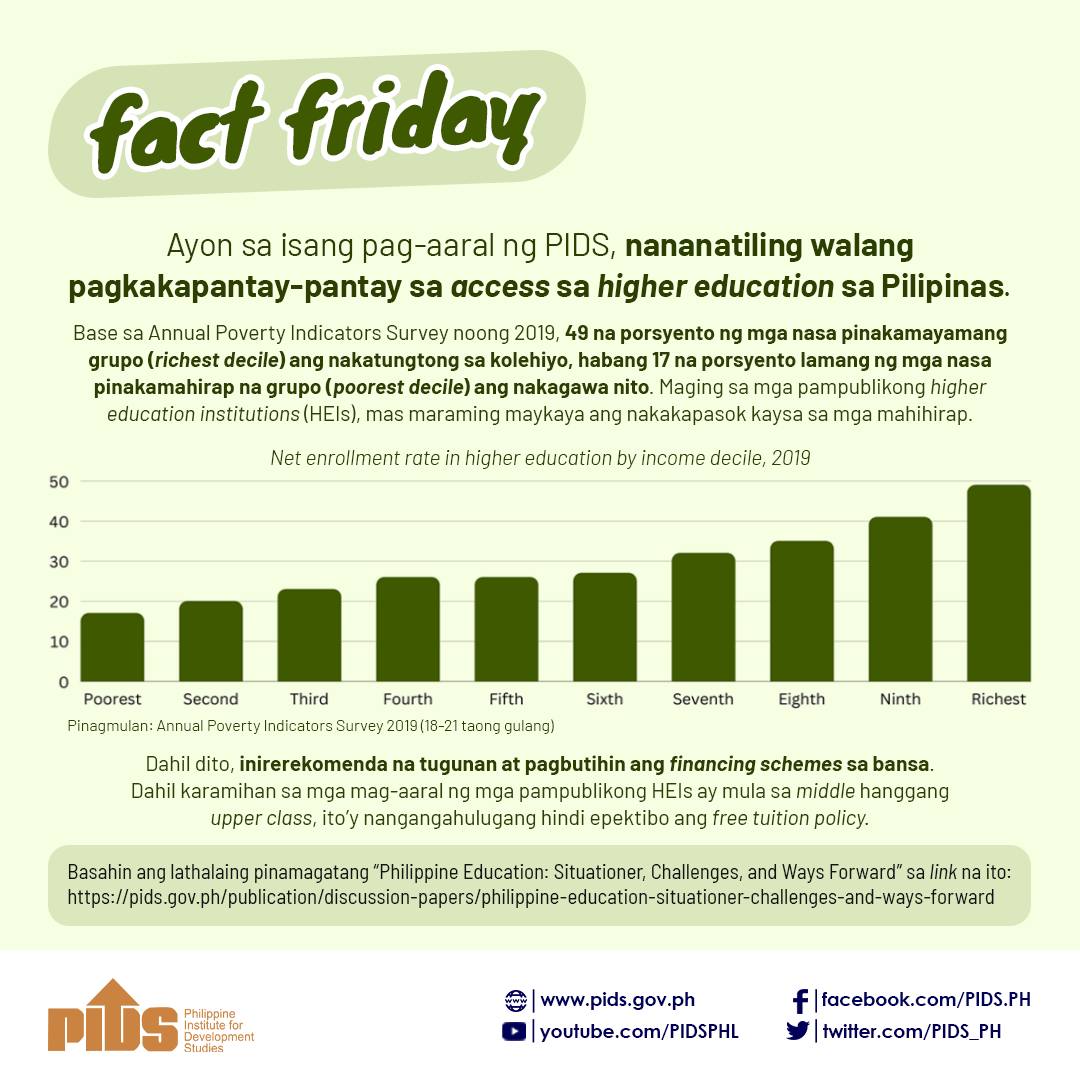MANILA, Philippines — A lawmaker has called on the Commission on Higher Education to allocate most of its Higher Education Development Fund to providing living allowances to low-income students.
This comes after CHED denied misusing its P10 billion HEDF in 2022 and insisted that it is not a “scholarship fund,” following Rep. Paul Daza (Northern Samar)’s insinuation that scholarship funds at the agency were being used for other purposes.
“That fund can be used as long it’s for higher education. It doesn’t state that it cannot be used (for scholarships) … If CHED wants, it can channel the funds to help students graduate,” Daza said in Filipino in an interview with DZMM.
“We know that even if tuition is free, it is still costly to have room and board, to pay miscellaneous fees, and other expenses,” Daza said in an interview with DZMM.
Daza criticized CHED in a hearing at the House of Representatives last Monday for its low disbursement of the HEDF based on data from the Department of Budget and Management (DBM).
DBM data shows only around 50% of the HEDF was disbursed from 2015 to 2019.
Daza also hit the CHED for not "doing its job" of providing subsidies to students who need it the most, specifically beneficiaries of the government's poverty alleviation program.
CHED defends use of HEDF
As a response to Daza's remarks at the House, CHED Chairperson Popoy De Vera insisted that the commission has practiced “judicious use of HEDF funds to provide grants for higher education institutions.”
“The Higher Education Development Fund (HEDF) was put in the CHED Charter (RA 7722) to fund projects to ‘strengthen higher education.’ It is not a scholarship fund. I do not know where the idea of a P10B scholarship fund came from,” De Vera said in a statement on Wednesday.
De Vera said that the agency uses the HEDF to provide grants for tourism-related projects as prescribed in the Tourism Act of 2009, as well as grants to higher education institutions for equipment and facilities.
The funds are also used to implement laws passed by Congress not funded in the National Expenditure Program or the General Appropriations Act, as well as university scholarships abroad.
“Accusing CHED of misusing public funds is a very serious allegation. We reiterate that HEDF funds are used consistent with the CHED law and Tourism Act, and grants to higher education institutions have been provided since the past administrations,” De Vera said.
Rethinking HEDF
In the same DZMM interview, Daza said that before De Vera took the lead of the CHED, at least P2 billion from the HEDF was allocated for student financial assistance.
This dropped to just P120 million after free tuition was implemented in tertiary institutions, Daza said.
CHED should ramp up its efforts to provide students with scholarships and subsidies beginning with the use of the HEDF, Daza added.
“No less than Popoy De Vera said that the dropout rate is 26% to 30% depending on the college. This means one-third of students don’t graduate even if tuition is now free,” Daza said.
A 2012 study by state think tank Philippine Institute for Development Studies that analyzed HEDF spending showed that historically, “various student assistance and scholarship programs capture the biggest share in the HEDF.”
It also found that HEDF spending increased from an average of P220 million a year in 1995-2001 to P742 million in 2006-2010.












